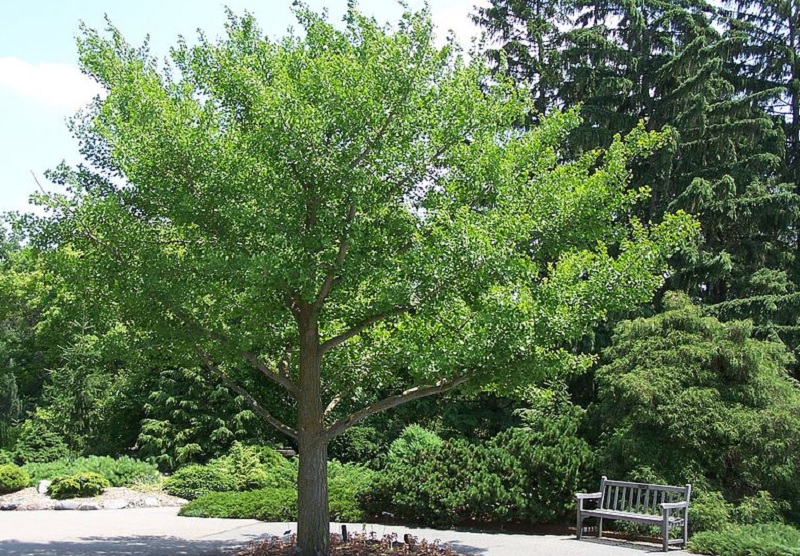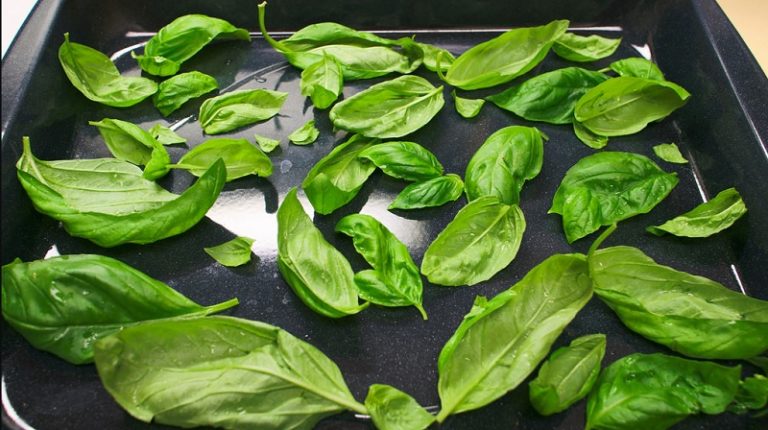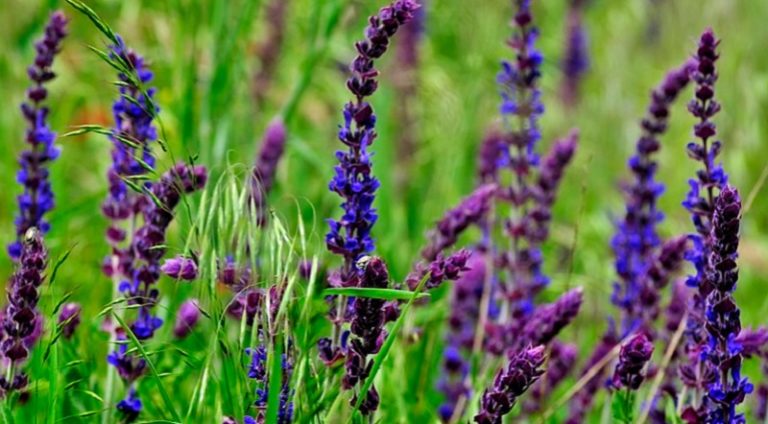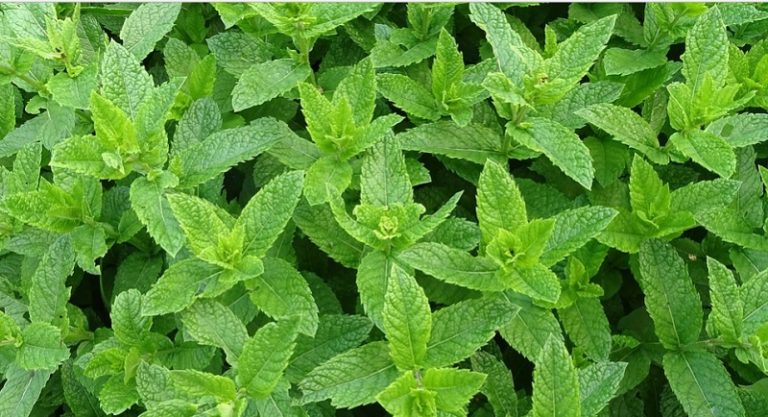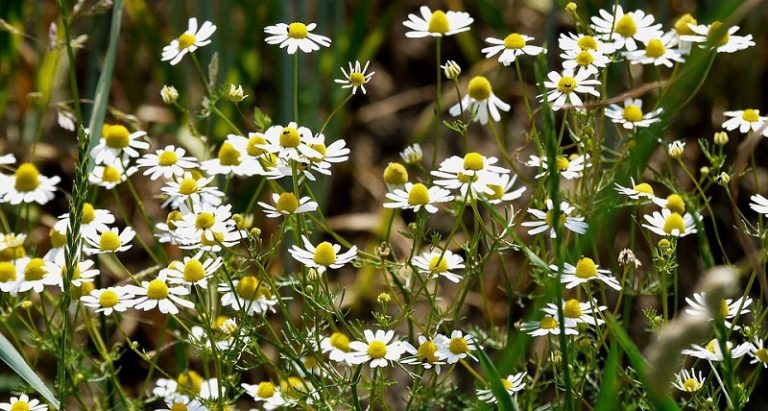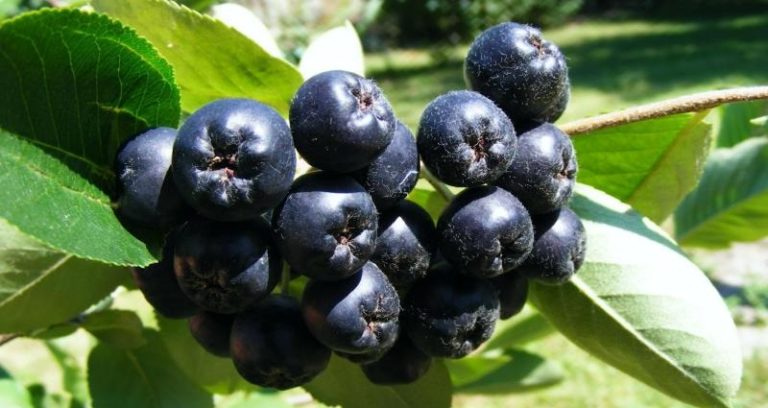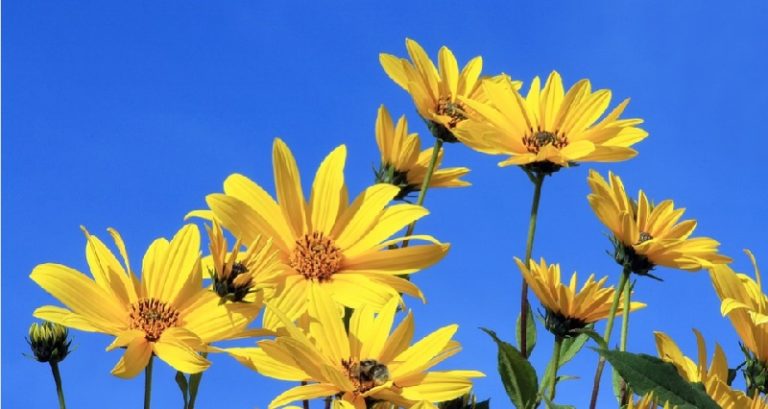Medicinal plants: ginkgo biloba
Ginkgo biloba – how and why to grow it.
Ginkgo biloba is a unique, relict plant. Taoist monks consider it a symbol of yin and yang energy, a keeper of wisdom.
Ginkgo belongs to dioecious plants (there are female and male trees). According to botanical features, ginkgo is closest to conifers. Ginkgo has long been classified as gymnosperms, representatives of which are also pine and spruce trees. But ginkgo is very different from modern conifers, and scientists have suggested that ginkgo biloba is a direct descendant of ancient ferns, widespread in the Mesozoic era, the habitat of which stretched across the territory of modern Siberia. Today, wild thickets of these trees are found in China and on the Black Sea coast (few, but there are).
Ginkgo biloba is a deciduous plant with a unique leaf shape: the leaf looks like a fan, the width of which reaches 8 cm. A large leaf is supported by a thin long petiole (up to 10 cm). The ginkgo tree has one feature – it is possible to determine whether this dioecious plant belongs to the male or female type only when it is 25 or 30 years old, earlier distinctive features do not appear. Representatives of the male type have earrings, it is in them that pollen is located. A female plant has rudiments, the process of setting seeds takes place in them. The main role in pollination is played by the wind, thanks to which pollen scatters over long distances. Ginkgo biloba fruits ripen before the beginning of winter. The description of the tree would not be complete if we did not mention the seeds. Seeds also have their own characteristics – it is an unpleasant odor and a peel covering them in three layers. The name of the genus Ginkgo means “silver apricot” in Japanese, associated with the germination of ginkgo seeds to apricot fruits with silvery pubescence. Legends tell that in very ancient times, ginkgo seeds were taken as a tribute. The word biloba means two lobes in Latin – most of the leaves are divided into two halves. Ginkgo biloba seeds are similar to apricot or plum seeds – orange-yellow, in China, boiled or fried ginkgo seeds are eaten in areas of growth.
Useful properties of ginkgo biloba
Since ancient times, the medicinal properties of ginkgo have been used in Chinese medicine. The medicinal properties of ginkgo biloba are used in modern medicine in many countries. The main medicinal raw material is ginkgo biloba leaves. The main medicinal properties of the Ginkgo biloba plant:
- It is a powerful antioxidant. It fights free radicals even more effectively than vitamin E and prevents premature aging, prevents oxidation of low-density lipoproteins and the development of vascular atherosclerosis.
- Improves blood circulation both in large vessels – veins and arteries, and in capillaries. Thanks to this, the supply of oxygen to all organs and tissues is restored. Breathing and heart function improve, heart rate stabilizes, brain activity, memory and intellectual abilities are restored. Slows down the development of Alzheimer’s disease.
- Helps with dizziness, hearing loss and vision. It is effective in the treatment of impotence, intermittent claudication, premenstrual syndrome, insomnia and depression. Relieves asthma attacks, protects the liver, relieves hemorrhoids.
- Improves blood rheological parameters, prevents platelets from sticking together and blood clots.
- It reduces insulin intake and is an indispensable component in the treatment of diabetic angiopathy.
- Inhibits the development of metastases in malignant tumors.
- It is used in cosmetology. It is used as part of cosmetics that prevent skin aging, the effect of “orange peel” and puffiness.
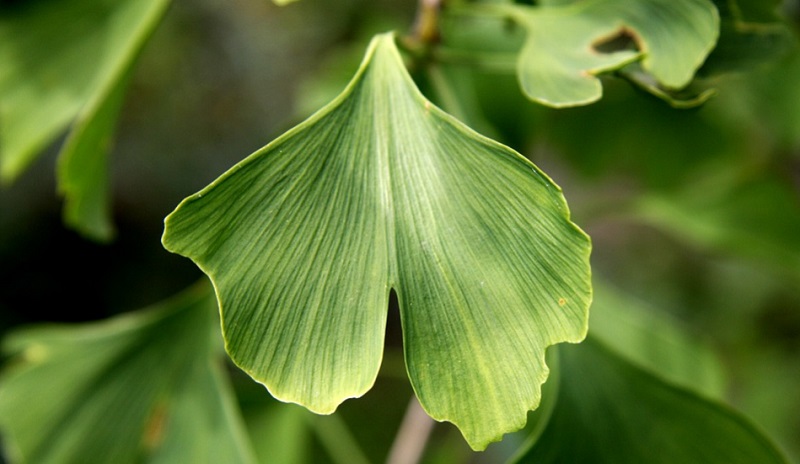
Cultivation of ginkgo biloba
You can propagate a rarity tree with the help of seeds and shoots. Layering should be taken from mature trees, it is best when it is already known for sure whether it is a male or female specimen. Cut cuttings are rooted in greenhouses in light soil. This operation should be started in the first half of summer. When rooting cuttings cut from the mother plant with part of the wood, it is useful to use root formation stimulants. Leaves from the cutting are removed up to 50% . With seed propagation, growth directly depends on the freshness of the seeds. The seeds of the plant resemble an apricot kernel, only they have a white color. Sowing seeds can be done in early spring. They are placed in boxes to a depth of 7 cm. A film shelter will increase the percentage of seed germination and shorten the time it takes to obtain young plants. Ginkgo sprouts begin to appear about a month after sowing. Trees grow slowly, giving very little growth. Seedlings can be planted in a permanent place in a year. When choosing a place to plant a tree, you should immediately assume that the plant needs a very large area, while the location should be the lightest – ginkgo light-loving culture.
Lavender comes in pink, purple, white, and even yellow.
Where to plant ginkgo biloba
Місце для вирощування потрібно вибирати постійне – дерево дуже погано переносить пересадку. У перші роки життя, приблизно протягом трьох років, культура практично не дає приросту. У цей час відбувається розвиток і зміцнення кореневої системи.
How to plant ginkgo biloba
Саджанці ставлять в спеціальні ями, заповнені родючим грунтом. При посадці потрібно суворо стежити за розташуванням коренів – вони повинні бути розправлені і розташовуватися в ямі вільно. Вимагає рівномірного періодичного поливу – не можна засушувати коріння в перші роки життя.. .. . . . .
Ginkgo biloba care
Caring for a young tree comes down to periodic watering, loosening the soil and freeing the plant from weeds. Ginkgo is a very unpretentious tree that puts up with many environmental conditions. This tree is not afraid of insect pests and has good frost resistance, and severe air pollution or smoke cannot harm it. But cold and damp summers can harm the plant, when the shoots do not have the opportunity to ripen. Follow our recommendations, and let growing a relict tree in the garden and caring for it bring you many pleasant minutes and a good mood.

